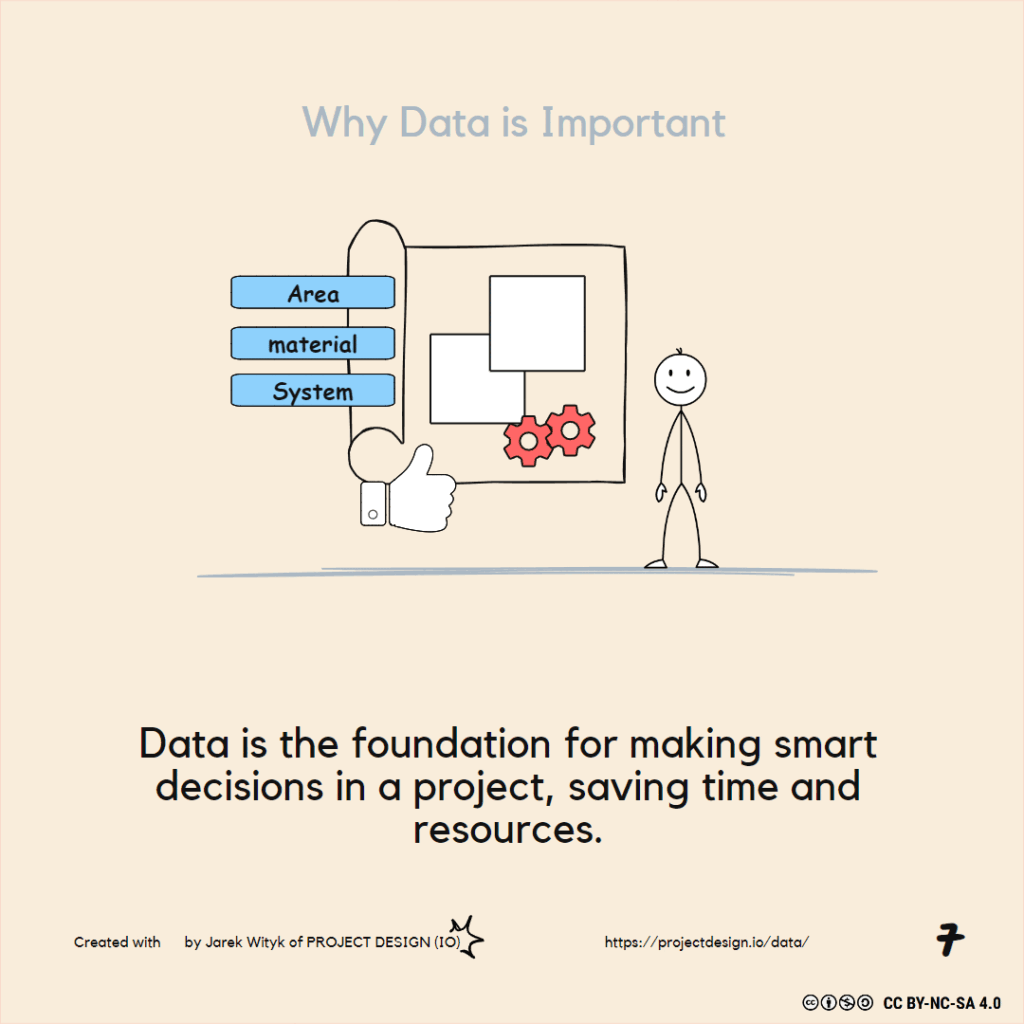Digital twin
Revit Guides
Data Management
ELI5-S1 BIM Basics E19_Digital Twin
“The digital twin is the virtual representation of a physical object or system across its life-cycle. It uses real-time data and other sources to enable learning, reasoning, and dynamically recalibrating for improved decision making.” [1]
Integration of BIM and Digital Twin: BIM and Digital Twin technologies do not compete but are complementary. BIM provides detailed digital models essential for planning and construction, while Digital Twins enhance these models with real-time data and interactions during operation and maintenance.
-
Understanding BIM and Digital Twin [2]
-
Building Information Management (BIM): BIM involves the creation and management of digital representations (BIM Models) of the physical and functional characteristics of built assets. It serves as a shared knowledge resource, forming a reliable basis for decisions throughout an asset’s life cycle.
- BIM Model: A detailed digital representation of a built asset.
- BIM Modeling: The process of generating and using BIM Models.
- Building Information Management: The overall function of controlling and distributing built asset information.
-
Digital Twin:
- Definition: A Digital Twin is a virtual representation of real-world entities and processes synchronised at a specific frequency and fidelity.
- AECO-Specific Definition: An intelligent virtual representation of an asset, designed to be connected to its physical counterpart, potentially including analysis and the ability to enact physical changes.
-
Categories of Digital Twins:
- Digital Twin Prototype (DTP): A virtual model designed to be connected to a physical asset in the future.
- Digital Shadow (DS): A virtual model with data flowing from the physical asset to the digital model.
- Cyber-Physical System (CPS): A digital model with bidirectional data flow, allowing interaction between the physical and digital assets.
-
-
The Relationship Between BIM and Digital Twin[2]
- Integrative, Not Duplicative: BIM and Digital Twin are complementary technologies. BIM provides detailed static models, while Digital Twins bring these models to life with real-time data and interactions.
- Common Misunderstandings: Many in the industry confuse or blend BIM and Digital Twin.
- Synergy for AECO Issues: When integrated, BIM and Digital Twin can address significant challenges in the AECO industry, such as enhancing operational performance and sustainability.
-
Importance of Integration [2]
- Driving Innovation and Efficiency: Integrating BIM and Digital Twin technologies can revolutionise how assets are designed, constructed, and operated.
- Clarifying Concepts: By defining and understanding the relationship between BIM and Digital Twin, stakeholders can make informed decisions and drive industry advancement.
-
Public Perception [2]
- Influence on Policy and Adoption: The general public’s perception affects policy-making and investment decisions in the AECO industry.
- Need for Clarity: Misunderstandings can lead to confusion and hinder the integration of BIM and Digital Twin technologies.
- Leveraging Perception: Addressing and leveraging public perception can accelerate industry transformation and collaboration.
-
Use Cases [2]
- Cornerstone of Integration: Well-defined use cases are essential for successfully integrating BIM and Digital Twin.
- Application Examples: Use cases can range from improved facility management, energy optimisation, and predictive maintenance to enhanced user experiences.
- Foundation for Implementation: Use cases guide the practical application of these technologies, ensuring they meet specific needs and objectives.
-
Execution Strategies [2]
- Harnessing Differences: BIM and Digital Twin have different strengths that, when combined, can streamline execution and deliver better outcomes.
- BIM as Foundation: BIM Models provide the detailed, robust structures upon which Digital Twins can be built, allowing for dynamic and interactive systems.
- Agility and Simplicity: Focussing on minimum viable products (MVPs) and scalable solutions ensures effective implementation.
-
Data Frameworks [2]
- Synergies in Data Management: BIM and Digital Twin data frameworks can be combined to create a more comprehensive and dynamic representation of assets.
- Greater Value Together: Integrating data frameworks enhances interoperability and data sharing and supports advanced analytics.
- Decoupled Data and Information Exchange: Transitioning from static file exchanges to dynamic data synchronisation improves efficiency and collaboration.
1 IBM., 2020. Cheat Sheet: What Is Digital Twin? Internet Of Things Blog. [online] Business Operations. Available at: [Accessed 31 December 2020].
2 Digital Twins for the Built Environment A Position Paper on Integrating BIM and Digital Twin National Institute of Building Sciences (NIBS), accessed 2024-09-22
The Centre for Digital Built Britain
The Centre for Digital Built Britain (CDBB) CDBB is a
BS ISO 44001:2017
Collaborative business relationship management systems Requirements and framework


